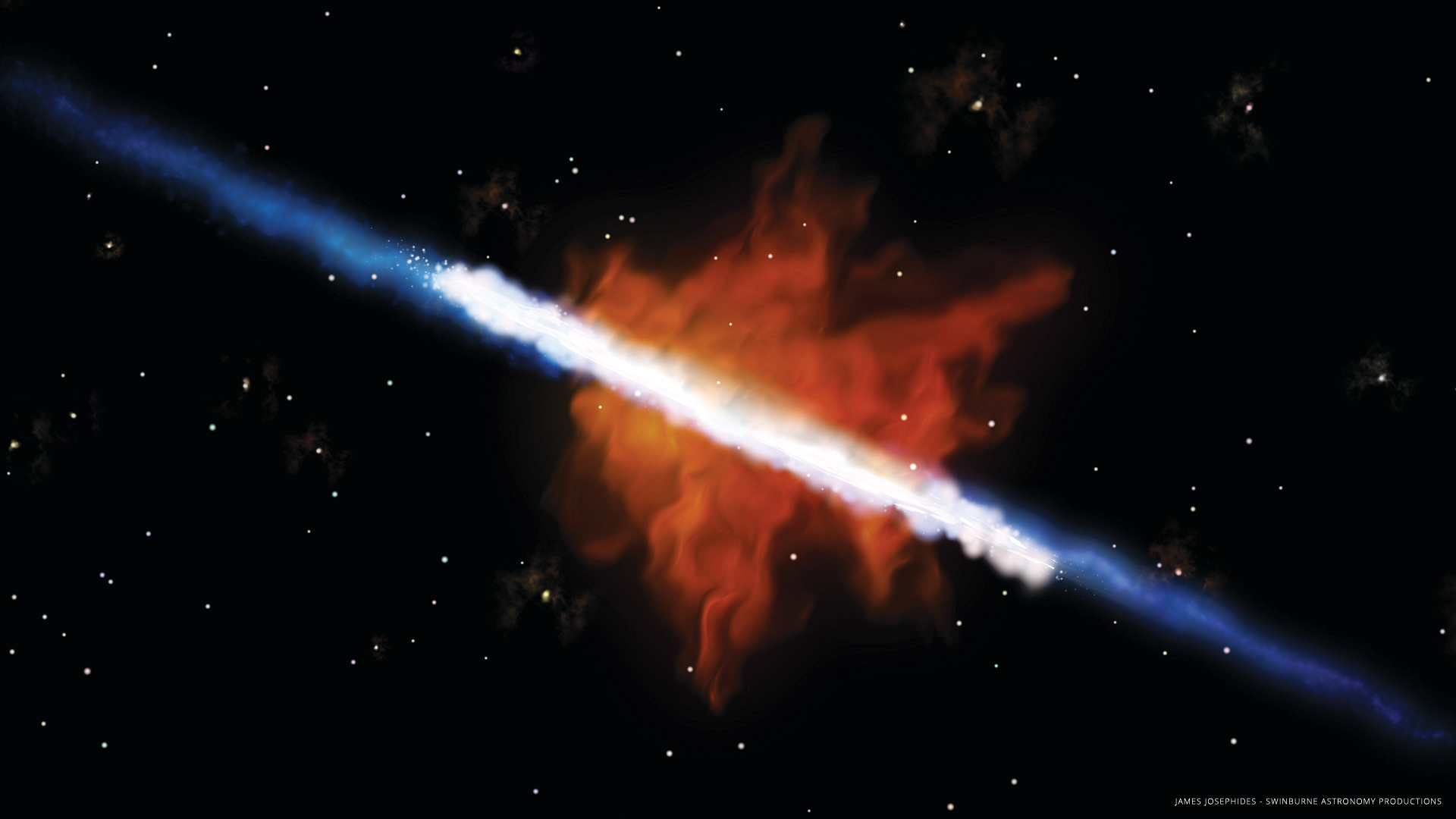The abundance of heavy elements (metallicity) in the interstellar medium (ISM) of galaxies is enriched by stellar nucleosynthesis, but is also mediated by galaxy scale gas flows, in particular metal-poor inflows and metal-enriched outflows. I am interested in how the first generations of stars in the early Universe enriched galaxies with the first metals and what this can tell us about the properties of early stellar populations. Furthermore, I am interested in how measurements of metallicity across all cosmic epochs can be used to explore the complex array of evolutionary processes that have shaped galaxies.

Chemical evolution in the early Universe with JWST
The recently operational James Webb Space Telescope (JWST) has revolutionised our ability to study the chemical enrichment history of the Universe. With its unprecedented sensitivity and wavelength coverage, we can now self-consistently study chemical abundances across almost the entirety of cosmic history. I am a member of the JWST Advanced Deep Extragalactic Survey (JADES), a large joint NIRCam and NIRSpec GTO program, which is currently undertaking a large survey of spectroscopy and imaging for a large number of galaxies at z ≳ 2 - 9 and beyond. Some of my early findings based on NIRSpec spectroscopy of galaxies in the early Universe include…
- Surprisingly high nitrogen abundances observed in GN-z11, a bright galaxy observed only 440 million years after the Big Bang.
- Identification of galaxies with extremely strong nebular continuum emission, seemingly implying these systems are forming a significantly higher fraction of massive stars relative to lower mass stars.
- Characterisation of the extremely highly-ionised interstellar medium (ISM) of galaxies within the first billion years of cosmic time.
Direct observations of the metallicity in galactic outflows at low-redshift
The cycle of gas into galaxies via accretion, and back out via outflows, known as the baryon cycle, is one of the most important regulators of galaxy evolution. It’s widely expected that accretion of metal-poor gas and outflows of metal-enriched gas are critical processes in shaping galaxy evolution. However, direct observations of abundances in inflows and outflows have historically been lacking, due to the difficulties in observing this diffuse gas.
Working alongside collaborators at Swinburne University of Technology, we were able to use deep Keck/KCWI IFU observations to directly constrain the oxygen abundance in inflows, outflows, and the ISM, in the edge-on galaxy Mrk 1486. These observations, taken as part of the Deep near-UV observations of Entrained gas in Turbulent galaxies survey (DUVET survey), are the first example of the abundances in these three phases being simultaneously determined using a single self-consistent method. In particular, we were able to use KCWI to map the extremely faint “auroral” emission line [OIII]𝝀4363 in the inflowing and outflowing gas. This enabled us to make robust temperature-based measurements which have yielded powerful new constraints on the baryon cycle of galaxies.
